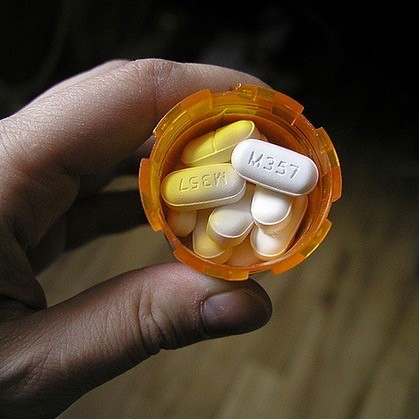
16 May MA’s Opioid-Related Overdose Death Rate Declines by 4%
Thursday, May 16, 2019
The opioid-related overdose death rate in Massachusetts fell an estimated four percent between 2016 and 2018, according to the Massachusetts Department of Public Health.
“While we remain encouraged that opioid-related overdose deaths have declined over the last two years, the epidemic continues to present very real challenges across Massachusetts that are made worse by the presence of fentanyl, cocaine, and amphetamines. We look forward to working with our colleagues in the Legislature to provide the $266 million we proposed in our budget to support prevention, intervention, treatment and recovery services in addition to $5 million for a new Regional Fentanyl Interdiction Task Force,” said Governor Charlie Baker.
Opioid-Related Overdose Death Rate Falls
For the first three months of 2019, preliminary data shows 497 confirmed and estimated opioid-related overdose deaths.
In 2018, the total number of confirmed and estimated opioid-related overdose deaths was 2,033.
That’s 17 fewer deaths than the 2,050 confirmed and estimated in 2017.
“Our administration remains committed to working with local public health officials to fight this epidemic, particularly in cities and towns that experienced an increase in opioid-related deaths last year. The prevention, treatment, intervention and recovery efforts undertaken by our administration have been crucial in producing these declines and must remain a focus for all of us going forward,” said Lieutenant Governor Karyn Polito.
By comparison, there were 2,100 confirmed opioid-related overdose deaths in 2016.
The decline in opioid-related overdose deaths is occurring despite the persistent presence of the deadly synthetic opioid fentanyl.
In 2018, fentanyl was present in the toxicology of 89 percent of those who died of an opioid-related overdose and had a toxicology screen.
The presence of some stimulants such as cocaine and amphetamines has also been increasing in opioid-related overdose deaths since 2017, while the presence of heroin or likely heroin in opioid-related overdose deaths has been declining since 2014.
Other Report Findings
Among the findings of the latest opioid report are:
- Although the presence of fentanyl in opioid-related overdose deaths continues to rise, the 2018 opioid-related overdose death rate (29.4 per 100,000 people) is an estimated 4 percent decrease from 2016 (30.6 per 100,000 people).
- The percentage of opioid-related overdose deaths where prescription drugs were present trended downward from 2014 through 2016 and has remained stable since then. In the fourth quarter of 2018, approximately 13 percent of opioid-related overdose deaths had prescription opioids present in toxicology.
- Since 2017, the presence of some stimulants such as cocaine and amphetamines in opioid-related overdose deaths has been increasing. In the fourth quarter of 2018, cocaine was present in about 39 percent of these deaths and amphetamines were present in approximately 9 percent.
- The confirmed opioid-related overdose death rates for females of all races and ethnicities increased in 2018 compared with 2017, while the death rates for males of all races and ethnicities decreased during the same period. However, males comprised 72 percent of all opioid related overdose deaths in 2018.
- The confirmed opioid-related overdose death rate for non-Hispanic black men decreased from 2017 to 2018 and returned to a similar rate as seen in 2016. However, the death rate among Hispanic men remains virtually unchanged since 2016.
- In the first quarter of 2019 there were just over 518,000 Schedule II opioid prescriptions reported to the Massachusetts Prescription Monitoring Program (MassPAT); this is a notable decrease from the previous quarter and a 39 percent decrease from the first quarter of 2015, when there were 841,990 Schedule II opioid prescriptions.
- In the first quarter of 2019, registered MassPAT providers conducted approximately 1.86 million searches, which represented an increase of approximately 90,000 searches since the previous quarter.
- Roughly 239,000 individuals in Massachusetts received prescriptions for Schedule II opioids in the first quarter of 2019; this is nearly a 39 percent decrease from the first quarter of 2015, when there were 390,532 individuals receiving these prescriptions.
- In 2018, the greatest number of suspected opioid-related overdoses treated by Emergency Medical Services (EMS) continued to be among males ages 25-34, accounting for 25 percent of opioid-related incidents with a known age and gender.
- Since 2016, the proportion of EMS incidents that are opioid-related as well as the overall number of EMS incidents involving the administration of naloxone has stabilized.
Related Articles
Enjoy this post? Share it with others.
[ad_2]
Source link




No Comments